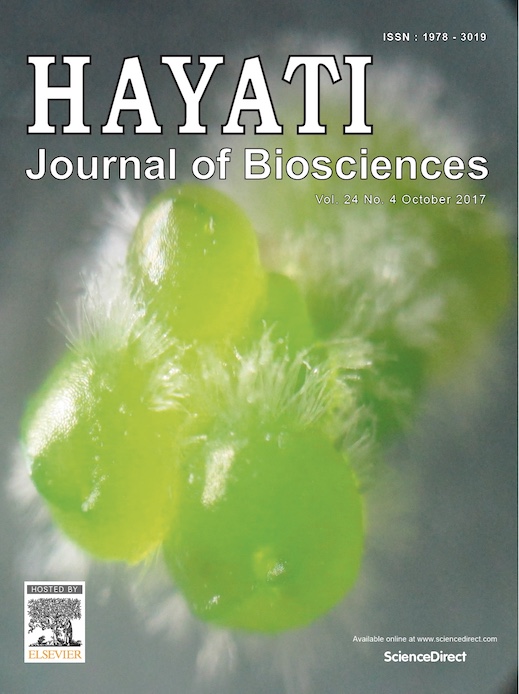Diversity and Abundance of Ammonia-Oxidizing Bacteria and Archaea in a Freshwater Recirculating Aquaculture System
Abstract
The role of ammonia-oxidizing bacteria and archaea was evaluated using amoA gene in a freshwater recirculating system. Broken earthen pot pieces (BEP) were used as filter bed material. Five archaeal and four bacterial operational taxonomic units were retrieved from amoA genes. Shannon-Weiner and Simpson indices were higher in archaeal amoAsequence compared with the bacteria. Subtype diversity ratio and subtype diversity variance were 0.522 and 0.008, respectively, for archaea and 0.403 and 0.015, respectively, for bacteria. In archaea, 50% amoA sequences showed 99%–100% similarity with the known sequences of ammonia monooxygenase subunit A of uncultured archaeon clones and thaumarchaeote. In bacteria, 84% sequences showed 99% similarity with amoAsequences of different uncultured bacterial clone and Nitrosomonadaceae. Absolute quantification showed that the abundance of archaea was 12-fold higher compared with bacteria. In this recirculating system, ammonia-oxidizing archaea and bacteria played a major role; BEP supported the growth of these ammonia-oxidizing microorganisms.Downloads
HAYATI J Biosci is an open access journal and the article's license is CC-BY-NC. This license lets others distribute, remix, tweak, and build upon author's work, as long as they credit the original creation. Authors retain copyright and grant the journal/publisher non exclusive publishing rights with the work simultaneously licensed under a https://creativecommons.org/

























.png) IPB University
IPB University Department of Biology
Department of Biology The Indonesian Biological Society
The Indonesian Biological Society 

